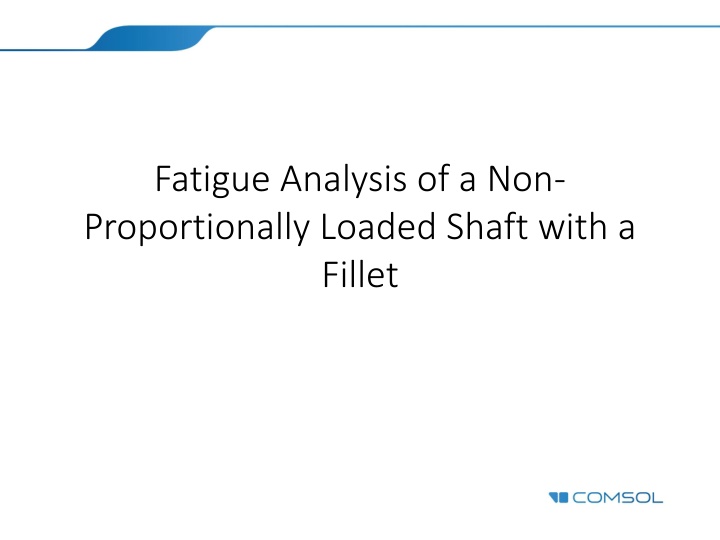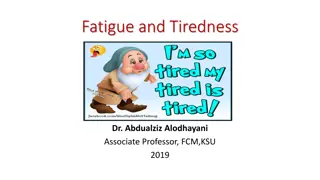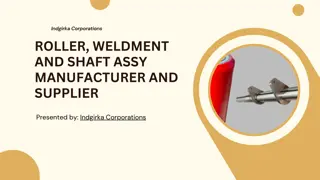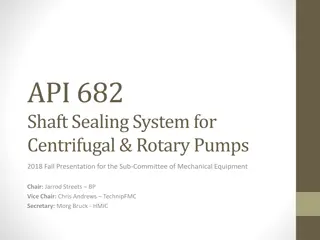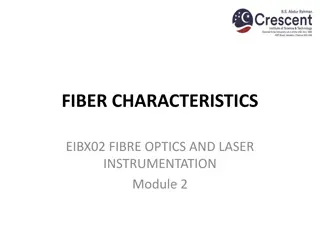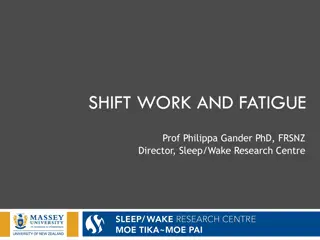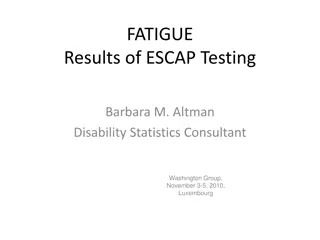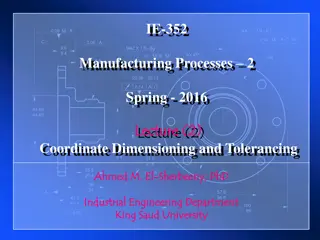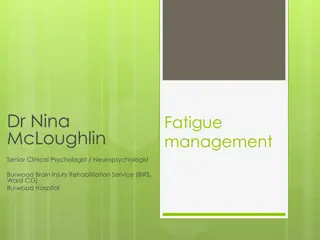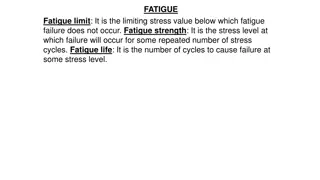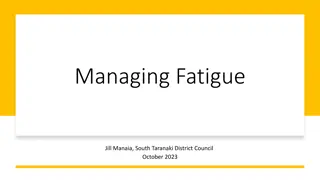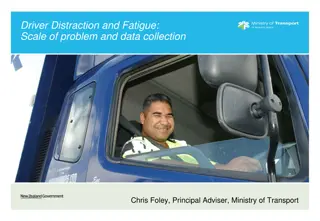Fatigue Analysis of Non-Proportionally Loaded Shaft with a Fillet
This analysis focuses on high-cycle fatigue in a non-proportionally loaded structure, using stress-based models Findley, Matake, and Dang Van. Non-proportional loading, where loads affect the structure out of phase, is discussed along with the selection of fatigue models based on load type, expected lifetime, and material. The material parameters for the models are derived from standard fatigue tests, providing a comprehensive understanding of fatigue evaluation in such applications.
Download Presentation

Please find below an Image/Link to download the presentation.
The content on the website is provided AS IS for your information and personal use only. It may not be sold, licensed, or shared on other websites without obtaining consent from the author.If you encounter any issues during the download, it is possible that the publisher has removed the file from their server.
You are allowed to download the files provided on this website for personal or commercial use, subject to the condition that they are used lawfully. All files are the property of their respective owners.
The content on the website is provided AS IS for your information and personal use only. It may not be sold, licensed, or shared on other websites without obtaining consent from the author.
E N D
Presentation Transcript
Fatigue Analysis of a Non- Proportionally Loaded Shaft with a Fillet
Model Background The model shows how to perform a high-cycle fatigue in a non-proportionally loaded structure Fatigue is predicted based on three stress- based models: Findley, Matake, and Dang Van. Model documentation explains how to calculate model parameters from standard fatigue tests.
Non-Proportional Loading Non-proportional loading is a description of a load situation when several loads affect a structure in a non synchronized way meaning they work out of phase. The resulting stress response is also non- proportional, as shown in picture.
Fatigue Evaluation The selection of the fatigue model is based on several factors such as for example: load type, expected lifetime and material. In current application high-cycle fatigue is expected and the loading is non-proportional. Moreover material is metallic. The stress- based model family is suitable these type of conditions.
Fatigue Model Parameters The material parameters of Findley, Matake, and Dang Van models are computed from two standard fatigue tests Reversed axial tension Pure tension The relations are provided in the documentation
